7 Types Of Packaging Materials You Need To Know!
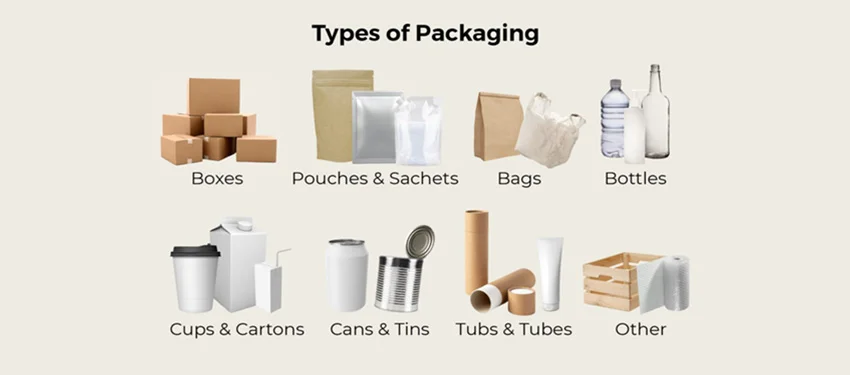
Packaging is a game changer for any kind of business. It can metaphorically as well as literally make or break a product! You can be a big firm or a small homemade goods business in this ever-competitive world, you have to know about your packaging. We will talk about traditional as well as some unique and new choices for a trendy twist. By the end, you are sure to have a better grasp of the types of packaging you want for your business! Let’s begin with some of the most used packaging materials. That includes Kraft paper, Cardboard, rigid, and Chipboard.
What is Kraft Paper?
Kraft paper is an upgraded version of paper packaging. Its durable nature makes it tear resistant. It is also good for moisture resistance. It is made of wood or recycled paper pulp, making it an eco friendly material. Although its natural color is brown, but it comes in a variety of colors and is a breeze to print on. It is the obvious choice if you want rustic premium looking custom printed kraft packaging. There are different types of Kraft paper available in the market.
Coated Unbleached Kraft
CUK is the basic Kraft paper without any bleaching done. It is considered to be the most sustainable type because no chemicals are added in making it.
-
Solid Bleached Kraft
SBS is mostly used for high-end and luxury packaging boxes. It is less eco-friendly in comparison to the classic brown Kraft. But it gives better color ranges and tones in printing so it all depends on your personal preferences.
-
Coated Recycled Kraft
CRB is pure recycled Kraft. It is great for low-cost packaging which does not require extra sturdiness.
Kraft is durable and sturdy enough for normal packaging. It is a nice surface to be printed on. Its biodegradability and recyclable nature make it a popular choice among different businesses.
What is Cardboard?
Just like Kraft, cardboard is also made of recycled paper or wood pulp. But it does have multiple layers that make it sturdier and rigid. Better suitable for items that need extra secure cardboard packaging. It comes in different thickness levels called flutes.
-
Cardboard Flutes
Flutes are represented by the alphabets A, B, C, E, F, and R. Depending upon their thickness level. The thicker the flute, the sturdier the material.
-
Corrugated Cardboard
It is thicker than regular cardboard. It generally has an outer and inner layer of cardboard sandwiching a fluted layer. The ruffled layer is great to absorb shock. Regular cardboard is better for storage and packaging boxes. Whereas, corrugated is far superior when it comes to shipping boxes. They are both environmentally friendly.
What is Rigid Material?
Just like the name suggests, the rigid packaging is a stiff and sturdy container, often a box. It is non-flexible and is preferred for extra fragile items. It is also preferred when you want to give a luxury look to your products. Some of the materials used for custom rigid packaging are;
-
Rigid Boxes
They are typically made of corrugated or cardboard materials. They are commonly used for jewelry, luxury clothing, gift boxes, watches, etc.
Glass, Metal, or Tin
This type of rigid packaging is used for liquids, canned foods, candles, sauces, etc.
Plastic
This is used for anything ranging from clamshells, bottles, and containers. Rigid packaging is generally costly, but it is more eco-friendly and budget friendly if made of recycled materials. You can decide on your rigid packaging according to your item and its needs.
Mono Material Packaging
Mono means one, so this packaging refers to a type that is made by using only one material. It makes it easier to recycle and reduces packaging waste. It also makes it good for the environment and easy on the pocket. Many companies are turning towards this kind of solution to reduce their carbon footprint. However, it can not be used for direct food packaging because of the possible contaminations. Reusing packaging materials is still better for many other industries in comparison to using composite materials only.
Edible Packaging Materials
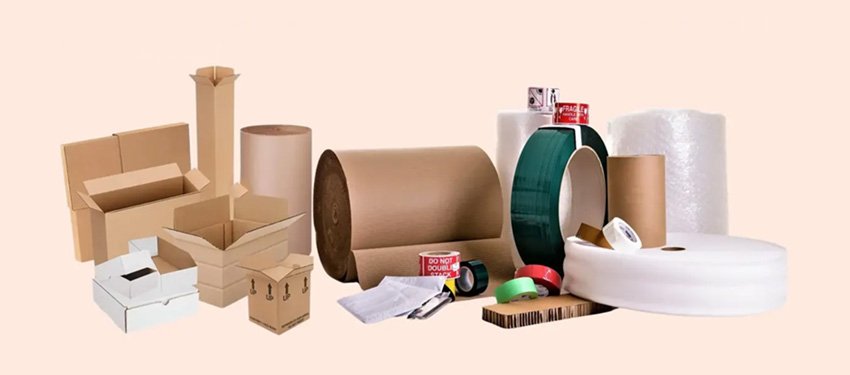
Now that we have covered some of the basic packaging types. Let’s move on to the latest trend of nonconventional packaging material. The edible kind! It is taking a special boom with foods, sweets, and drinks. It is usually made with plant-based materials and comes in various forms.
Edible Straws and Spoons
They are made of wheat, starch, rice, or sugar. They are a great alternative to plastic.
Edible Cups
These cups can be made of cookies, chocolates, etc, as an alternative to disposable cups.
Edible Cupcake and Candy Wrappers
They are often made of potato starch wafer paper or rice paper. They can be eaten with the sweets, reducing the waste. You should definitely consider these if you are a food business owner.
Bioplastics are the New Plastic!
Another great unconventional packaging material is bioplastics. It is a plant, eco-friendly type of packaging material. They are usually made with beets, sugar cane, or corn, etc. They are also biodegradable, making them good for the environment. They have all the flexibility, lightweightness, and airtight qualities of regular plastics but with the added eco-conscious approach.
Good Old Jute
Jute is also very much in trend nowadays. As people try to choose sustainable packaging and reconnect with their roots. The most used item is jute bags for packaging. They are easy to carry and lightweight. They also give an earthy look to things. They are very versatile and highly customisable. They are nature-based materials, hence easily biodegradable. People are using jute pouches for wrapping their shoes, dresses, jewelry, and all kinds of items to enhance the aesthetic look of their packaging. Add a few dried flowers over it or tie with a ribbon or jute tie and it instantly looks great! You can consider it as your primary packaging material.
Conclusion
Now you know a list of packaging materials that are conventional as well as a few unique ones. You can choose the right packaging type for your product needs. You can make an informed decision based upon the durability, affordability, and preservation requirements of your items. You can get custom-made packaging as per your demands from any packaging company. Get in touch with Boxit Packages for your packaging needs. Our experts provide free design and material assistance. We also have an easy process of initial quotes and free 3-D mockups of your packages. We ship your order without any cost all across the USA and Canada in the fastest turnaround time of 6 to 8 business days.
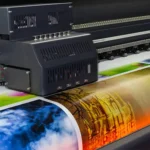
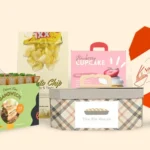
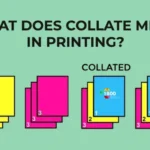
.jpg)